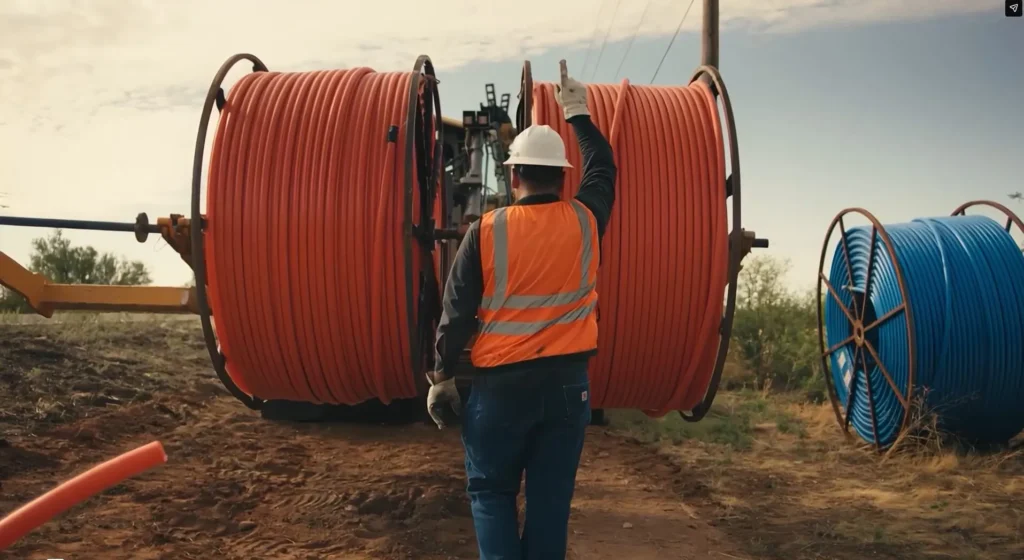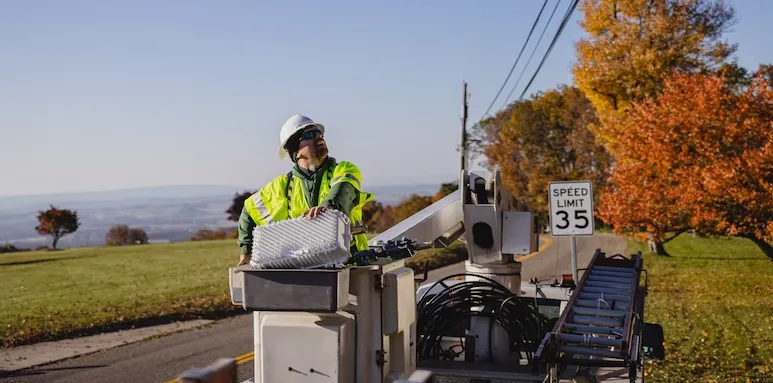As the nation continues efforts to connect more people to high-speed internet, one big step forward worth examining is the Affordable Connectivity Program (ACP). The program is helping to remove some of the barriers that impede low-income Americans from getting broadband at home—a testament to America’s commitment to increasing broadband adoption and advancing digital equity. And as more initiatives and partnerships launch to support the ACP, it’s important to understand why the program is so critical to closing the digital divide.
What Is the ACP?
In short, the ACP offers government assistance to eligible low-income families for the purchase of internet service and connected devices through a $30 per month federal subsidy, or a $75 per month federal subsidy for households on qualifying Tribal Lands.
- Cable broadband leaders including Charter, Comcast, Cox, GCI, Mediacom, Midco, and Vyve eagerly signed up for the program, reflecting the industry’s long history in directing millions of dollars and significant efforts towards closing the digital divide.
- Participating cable ISPs have rolled out high-speed internet plans for up to $30 per month, or up to $75 per month in Tribal Lands, which means that when the ACP federal credit is applied, eligible households can get home internet at no cost to them.
- More than 16 million American households have enrolled in the ACP as of February 6, according to the Universal Service Administrative Company.
- Born out of the previous Emergency Broadband Benefit Program (EBB) when the Infrastructure Investment and Jobs Act became law in late 2021, the ACP is essentially a modification and extension of the EBB which was established in late 2020 to help low-income Americans afford internet service during the COVID pandemic.
Cable ISPs Are Leaders in Broadband Adoption
Cable ISPs have demonstrated their commitment to closing the digital divide long before the ACP through their robust broadband adoption programs for veterans, people with disabilities, senior citizens, and students and families who qualify for free or reduced school lunch.
- During the pandemic, ISPs doubled down their efforts to reach even more unconnected Americans through public-private partnerships, forging relationships with school districts to connect students at home, waiving fees for eligible households experiencing economic hardships, and more.
- ISPs also play an important part in convincing more households to sign up for the ACP through their strong partnerships with community organizations and state and local governments to identify qualifying households and to educate families about the opportunities broadband offers.
- As an example, Comcast’s Digital Navigators program sends trained individuals out in the field to teach digital skills to unconnected people—and to open their eyes to the impact that programs like the ACP could have in their life.
With the ACP as another avenue through which low-income households can sign up for free internet service, and with ISPs and their partners on the ground spreading awareness of all the benefits that the ACP has to offer, America is one step closer to closing the digital divide.









